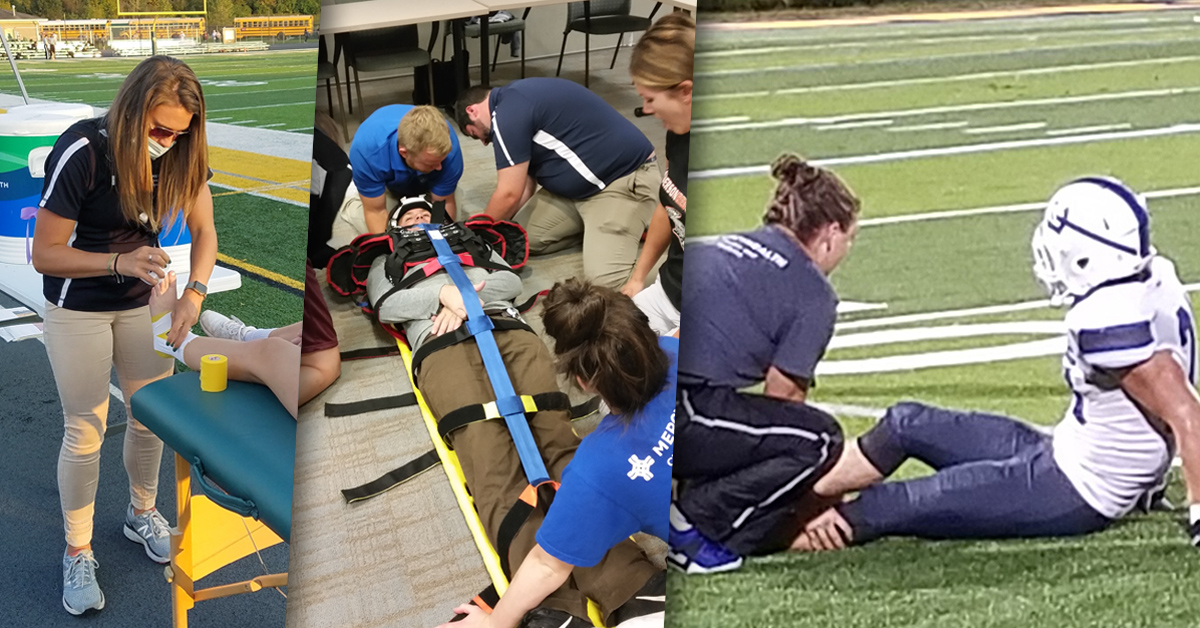Although your mother may have reminded you to “sit up straight” when you were younger, there are more ways than just that to improve posture and maintain it for life.
Posture is the way you hold your body, whether you’re sitting, standing, lying down or moving. Since posture involves your joints, ligaments, muscles, spine and tendons, practicing good posture provides a number of health benefits.
These include:
- Better balance
- Easier breathing
- Greater flexibility
- Improved digestion
- Less neck, back and shoulder pain
How to improve posture while standing
To encourage good posture while standing, try to focus on holding your body correctly. Your feet should be shoulder-width apart and your body weight evenly distributed. Most of it should be felt in the balls of your feet instead of your heels. Tuck in your stomach to prevent your back from arching, and then allow your arms to fall at your sides naturally.
How to improve posture while sitting at a desk
If you have a desk job, you can improve your posture in a few ways. Start by getting an office chair that supports proper alignment and sit all the way to the back of it. Position your chair so your knees are bent at a right angle with your feet flat on the floor. Your knees should be at the same height from the floor as your hips or slightly higher.
How to improve posture while driving
For good posture when driving in a car, pickup or SUV, move your seat to an upright position at an angle of about 100 or 110 degrees. Placing a small pillow behind your lower back can sometimes help to improve back posture. Your feet should be positioned so that you can press fully on the brake pedal and still have a slight bend in your knee. Adjust your mirrors so that you can see traffic without having to strain your neck.
How to improve posture while sleeping
To improve posture while sleeping, start with a mattress that supports the natural shape of your spine. To prevent twisting in your spine and neck as well as back pain, avoid sleeping on your stomach. If you sleep on your back or side, use only one pillow to keep your head level with your spine.
How to avoid “text neck”
If you enjoy texting with friends and family, or scrolling on your phone, it’s important to be aware of “text neck.” This condition occurs when your head is frequently bent forward, your back is slumped and your shoulders are rounded. It causes neck pain because the ligaments, muscles and tendons in the front of your neck tighten, and those on the back of your neck stretch.
To improve neck posture while looking at your phone, position your screen at eye level. Also, take regular breaks from your phone.
One way to improve your posture? Exercise!
When your core is strong, you stand straighter and have better balance. Good core exercises to improve posture include planks, back extensions and bridges. You can also try some yoga stretches to improve posture like cat-cow, downward-facing dog and bow pose. These exercises also loosen muscles and boost flexibility.
When to seek help
Good posture is important for keeping your back, neck and shoulder pain at bay. If you’re experiencing chronic pain in any of these areas, you may need to see a doctor. They will be able to specifically diagnose the pain and come up with a personalized treatment plan for you.
Check out the orthopedics and sports medicine services we offer at Mercy Health.






